Archaeologists working at the UNESCO World Heritage site of Arslantepe Mound in Türkiye's eastern Malatya province found two 7,000-year-old animal-figured seals.
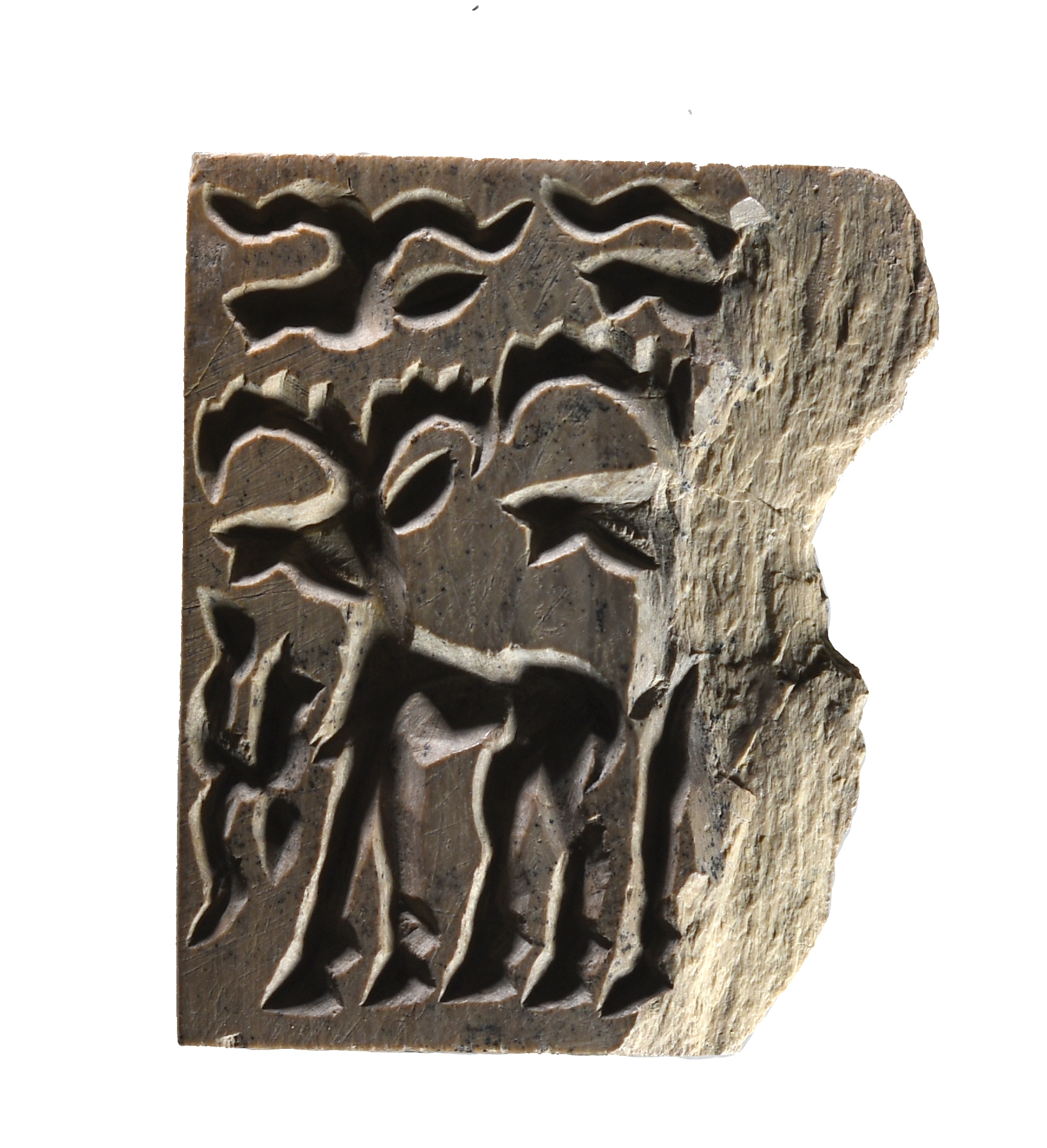
The Arslantepe Mound, located 15 kilometers (9.3 miles) southwest of the Euphrates River, has been home to humanity for thousands of years thanks to its high agricultural potential, wetlands and structure protected from the river's floods.
Francesca Balossi Restelli, the head of the excavation team, told Anadolu that they compared the styles of the seals in other regions to determine the date from their motifs.

“When we look at the style, I think that the date of these seals will be older, 5,000 BC,” Restelli said.
Noting that animal figures were carved on the seals, she said they are the oldest seals found so far at Arslantepe.
“There are definitely older ones because there are layers 10 meters (32 feet) below the hill. I am sure we will find older seals as we descend,” she added.
The Arslantepe Mound’s embankment is 30 meters (98 feet) high, and the mound was inhabited between 5000 BC and 11th century AD.
At the mound site, more than 2,000 stamp seals, a statue of King Tarhunza and two late Hittite period lion statues have been found.
The temple of the mound dates from 3600-3500 BC.
Italian archaeologist working 28 years in Türkiye’s Arslantepe Mound feels at home
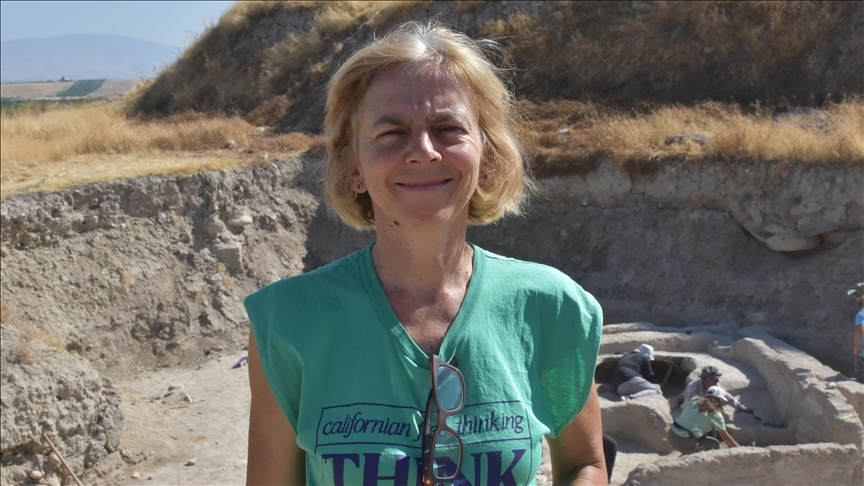
Italian archaeologist Francesca Balossi Restelli, who first participated in excavations at Arslantepe Mound in eastern Türkiye 28 years ago, considers the UNESCO World Heritage site her “home.”
The Arslantepe Mound, located 15 kilometers (9.3 miles) southwest of the Euphrates River, has been inhabited for thousands of years due to its high agricultural potential, wetlands, and protection from the river's floods.
“I don’t remember a life before Arslantepe. It feels like I’ve always been here,” Restelli told Anadolu, recalling her first excavation as a university student.
Restelli vividly remembers the excitement of discovering a royal tomb during her first year at the site, located in Malatya province.
“The year I first came was very special because we discovered a royal tomb. I was very lucky ... I’ve been coming every year since 1996. Arslantepe has become like home to me, my life is here. Nearly 30 years have passed, but it feels like yesterday,” she said.
Restelli now leads the excavation team at Arslantepe and speaks fluent Turkish.
“This is an important place that I love. A lot of materials are being unearthed during the Arslantepe excavations, and the work here never ends,” she added.
Underlining the importance of strong bonds among team members, she said: “We’re like a family here ... I even brought my child here.”
Restelli added that beyond expertise, she looks for team members who can work well together.
The Arslantepe Mound was added to the UNESCO World Heritage List in July 2021.
The mound’s embankment is 30 meters (98 feet) high, and it was inhabited between 5000 B.C. and the 11th century AD.
More than 2,000 stamp seals, a statue of King Tarhunza, and two lion statues from the late Hittite period have been found at the site. The temple at Arslantepe dates back to 3600-3500 BC.
AA

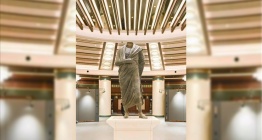




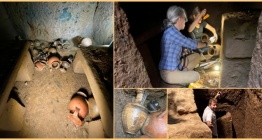
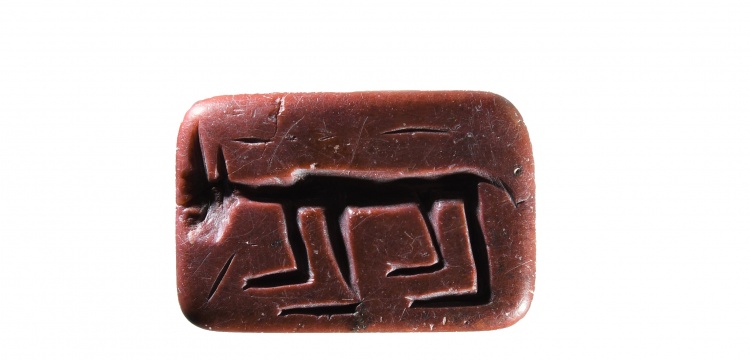
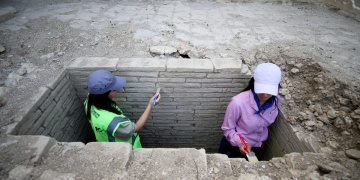 Sillyon’da Ünik Roma Mezarı ve Türk-İslam Kabristanı Ortaya Çıkarıldı
Sillyon’da Ünik Roma Mezarı ve Türk-İslam Kabristanı Ortaya Çıkarıldı 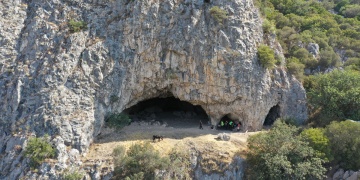 Andık Mağarası’nda 6700 Yıllık Yerleşim İzleri Gün Yüzüne Çıkarılıyor
Andık Mağarası’nda 6700 Yıllık Yerleşim İzleri Gün Yüzüne Çıkarılıyor 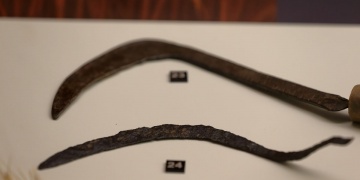 Orakların Bin Yıllara Direnen Formu: Hattuşa Kazılarından Çarpıcı Bulgular
Orakların Bin Yıllara Direnen Formu: Hattuşa Kazılarından Çarpıcı Bulgular 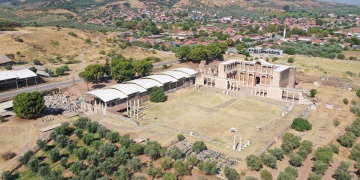 Sardes’te Lidya Dönemi Gün Yüzüne Çıkıyor
Sardes’te Lidya Dönemi Gün Yüzüne Çıkıyor 




